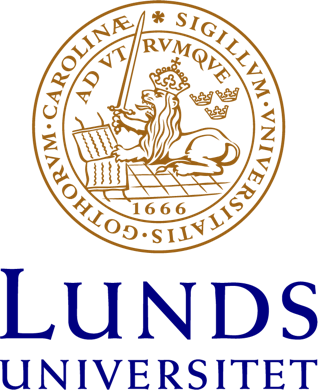Nobel Symposium NS160
Chemistry and Physics of Heavy and Superheavy Elements (Bäckaskog Castle, 2016) Organizing CommitteeThe Nobel Symposium is jointly organized from physicists and chemists from Lund University:Prof. Lars Ivar Elding, Department of Chemistry, Lund University, Lars_Ivar [dot] Elding [at] chem [dot] lu [dot] se (Lars_Ivar[dot]Elding[at]chem[dot]lu[dot]se)Prof. Claes Fahlander, Department of Physics, Lu
https://www.particle-nuclear.lu.se/ns160/organizing-committee - 2025-08-29
